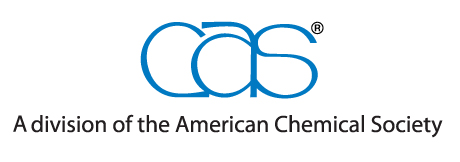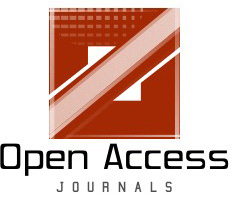GNSS AMBIGUITY RESOLUTION USING MACHINE LEARNING APPROACH
DOI:
https://doi.org/10.57030/Keywords:
GNSS, Ambiguity Resolution, Machine Learning (ML); K-Nearest Neighbours (KNN); Gradient Boosting Decision Tree (GBDT)Abstract
In an effort to increase positioning accuracy in difficult circumstances, this study examined the use of machine learning (ML) approaches to improve GNSS ambiguity resolution. Performance indicators, such MSE, RMSE, MAE, and R2, were used to assess two machine learning models: K-Nearest Neighbours (KNN) and Gradient Boosting Decision Tree (GBDT). GBDT achieved R2 score of 1.00, the lowest MSE (0.000 meters), RMSE (0.0010 meters), and MAE (0.0007 meters) from the training phase, making it the best performance. With an MSE of 0.000 meters, an RMSE of 0.0049 meters, a MAE of 0.0031 meters, and a R2 of 1.00, KNN also demonstrated impressive performance. GBDT maintained its exceptional accuracy throughout the testing phase, with an MSE of 0.000 meters, RMSE of 0.0010 meters, MAE of 0.0007 meters, and an R2 of 1.00. KNN performed competitively, with an MSE of 0.000 meters, RMSE of 0.0050 meters, MAE of 0.0032 meters, and R2 of 1.00. These comprehensive results demonstrate the usefulness of machine learning approaches, notably GBDT and KNN, in greatly enhancing GNSS ambiguity resolution. Such developments are critical for overcoming the obstacles given by urban canyons, dense vegetation, and other obscuring settings that have previously hampered GNSS location technologies.











